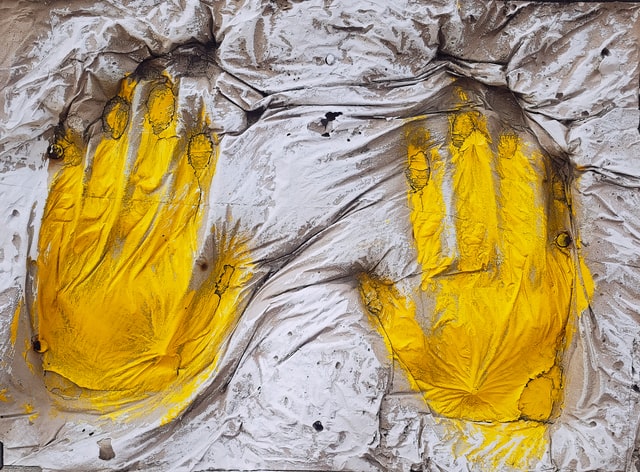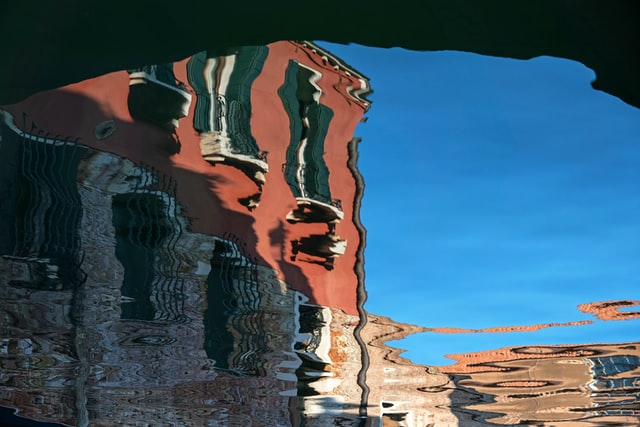Abstract Realism: The Marriage of Two Contradictory Styles

There are two types of people in the world. Those who love abstract art – and those who love realistic art. In reality, though, there is one more type of art lovers who are passionate about abstract realism, a deviant combination that has always been in the shadow of its own forefathers. How did this art movement emerge, and what is the essence of such art?
What is abstract realism?
At first glance, the mix of these art forms seems weird since they contradict each other. As it turned out in the 1960s and 1970s, they are not that different. In essence, it is an attempt to find a new way of expression. Artists skimmed off the best characteristics of realism and abstractionism to create their unnatural continuation.
Basically, it fuses the pragmatism of fine art photography and abstract painting techniques into one. As a versatile tool for depicting real objects and life, the art form is leaning toward non-figurative design elements such as lines, texture, or form. That is why artworks by abstract realists seem so confusing if you do not understand the basics.
What does it all mean?
The idea of abstract realism is as confusing as the movement itself. On the surface, it is quite a successful medium for depicting emotions behind particular real-life objects. While realism can hardly depict the emotional state of people, abstract art does that rather expressively and chaotically, to say the least. Building a bridge between these two phenomena was a daunting challenge, and yet the attempt was successful.
Why should you try it?
The singularity and unusual nature of abstract realism make this art style a fairly valuable find for modern art collectors and dealers. If you love art and do not fear experiments, it would be a worthy act of diversification in terms of aesthetics. You can embark on a voyage of discovery with Franz Kline, Jackson Pollock, and Willem de Kooning.

